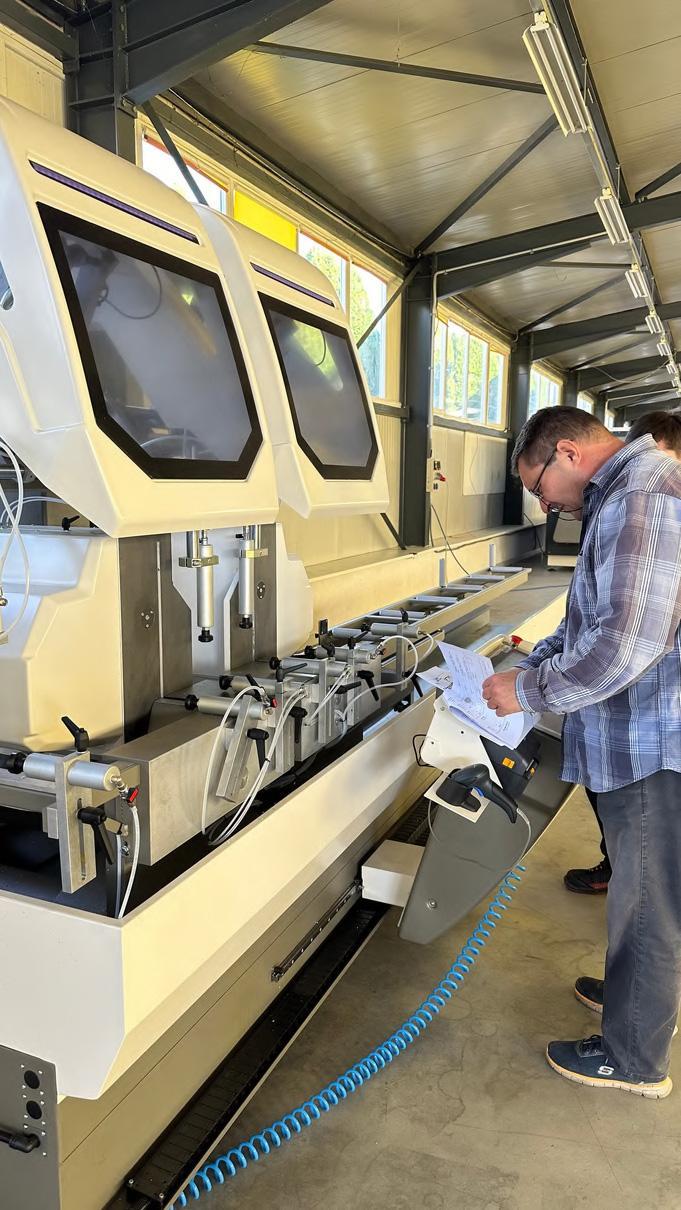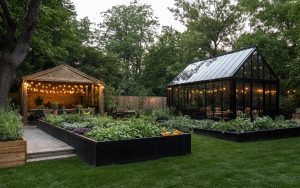
Making aluminum windows is a step-by-step process that uses modern tools, skilled work, and high-quality materials. Here’s how it’s done:
1. Sourcing and Preparing Aluminum
The process starts with getting aluminum, either raw or recycled. Recycling aluminum is better for the environment and saves energy. Here’s what happens:
- Melting the Aluminum: The metal is melted at high temperatures to remove dirt and impurities.
- Shaping the Aluminum: The liquid aluminum is pushed through molds (dies) to create the shapes needed for window parts like frames and tracks.
These shapes, called aluminum profiles, are cooled and cut to the right sizes.
2. Treating the Surface
Next, the aluminum is treated to make it stronger and look good. Common treatments include:
- Anodizing: This process makes the aluminum resistant to rust and gives it a smooth metallic finish.
- Powder Coating: A layer of protective color is added to give the aluminum a stylish look and make it long-lasting.
- Polishing or Brushing: These methods make the surface either shiny or matte, depending on the style you want.
These treatments also protect the aluminum from weather damage and add a personal touch.
3. Cutting and Shaping
Once treated, the aluminum is cut and shaped to fit the size and design of the windows. This involves:
- Precise Cutting: The aluminum is measured and cut to fit the window’s design perfectly.
- Making Holes and Grooves: Small holes are drilled for screws, and grooves are added to hold seals or insulation materials.
This step ensures everything will fit together smoothly.
4. Adding Thermal Breaks
Modern aluminum windows have thermal breaks, which help keep your home insulated. Here’s how it works:
- Adding Insulation: A layer of non-metal material, like plastic, is placed between the inner and outer parts of the frame.
- Joining the Frame: The two sides are tightly connected, creating a barrier that keeps heat inside in the winter and outside in the summer.
This makes aluminum windows energy-efficient.
5. Putting the Frame Together
The cut and shaped pieces are assembled into a full window frame. This includes:
- Joining the Pieces: Frames are connected with screws, brackets, or by welding.
- Adding Seals and Gaskets: Rubber seals are placed around the edges to prevent leaks.
- Installing Tracks or Hinges: Depending on the window type, tracks or hinges are added for smooth opening and closing.
6. Installing the Glass
Next, the glass is fitted into the frame. You can choose from different glass types, such as double-glazed or tinted glass. Here’s how it’s done:
- Fitting the Glass: The glass is placed into the frame securely using grooves or clips.
- Sealing the Edges: Special adhesives and seals are added to keep water and air from leaking through.
7. Testing and Quality Checks
Before the windows are sent out, they are tested to ensure they are strong and work well. This includes:
- Strength Testing: Checking that the frame can handle pressure and weight.
- Weather Testing: Making sure the windows resist wind, rain, and temperature changes.
- Function Testing: Ensuring hinges and sliding parts move smoothly.
8. Packing and Delivery
Finally, the finished windows are carefully packed to prevent damage during transport. They are then sent to stores or directly to customers for installation.
Final Thoughts
Aluminum windows are made through a careful process to ensure they’re strong, energy-efficient, and stylish. From shaping the metal to adding modern insulation, every step is designed to create windows that last for years and fit your needs perfectly. Whether for a home or business, aluminum windows are a great choice!
Мore about aluminum windows on the website https://elwido.com/








